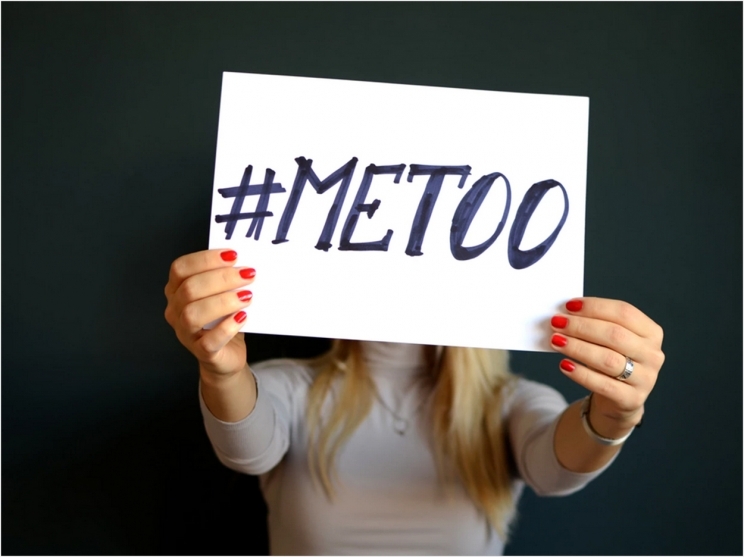
While most attendees at American Association for Dental Research (AADR) conferences don’t perceive harassment of any type during these events, it does happen, the organization says after surveying people who registered for its meetings from 2015 to 2018.
The AADR’s study specifically assessed perceptions and experiences related to sexual, gender-based, and nongender-based harassment and examined demographic factors associated with reported experiences. It also identified facilitators and potential solutions.
“In 2018, AADR introduced a Professional Conduct at Meetings Policy delineating unacceptable behaviors, including intimidating or harassing speech and actions,” said Timothy Wright, AADR president.
“Results of this survey form a baseline for us to monitor our events to ensure that future AADR meetings are respectful, supporting, welcoming, and safe environments for all,” said Wright.
The survey received 825 responses, or 7.85% of the 10,495 queried. Quantitative data was collected across eight types of perceived harassment. Qualitative data analysis was conducted on open-ended responses to questions.
Most of the respondents, 79%, did not report perceived experiences with harassment of any type. Women, AADR and Canadian Association of Dental Research members, and frequent attendees were most likely to report instances of perceived harassment.
Harassment of a nonsexual nature such as put-downs and condescension was most commonly reported, 14.7%, while harassment of a sexual nature was less frequent, or 0.9% to 7.9%, depending on the type of harassment.
The qualitative analysis of the 229 respondents who provided input on open-ended questions revealed perceived facilitators of unwelcome behaviors as well as proposed solutions, the AADR reports.
Reports of sexual harassment at a scientific workplace, graduate program, or other career-related venue did not appear to be more frequent than perceived experiences of any type of harassment at an AADR meeting, 22.4% versus 20.9%, but may be more common in terms of harassment types of a more sexual nature.
The AADR notes that the National Academies of Science, Engineering, and Medicine 2018 report on “Sexual Harassment of Women: Climate, Culture, and Consequences in Academic Sciences and Medicine” clearly articulated the problem of sexual harassment in the biomedical sciences and specifically highlighted the role of professional organizations in addressing it.
The AADR conducted its survey with researchers from Boston University to assess the climate at its meetings and address any shortcomings. While most survey respondents had no personal experience with harassment at AADR meetings, the fact that one in five did is cause for concern and warrants steps for improvement, the AADR says.
The AADR, then, says it will continue promoting its Professional Conduct at Meetings Policy and continue involvement in the Societies Consortium on Sexual Harassment in STEMM to offer a collegial, safe, and welcoming environment for all.
“The survey’s findings underscore the importance of the AADR’s efforts in addressing the issue of sexual harassment,” said Boston University assistant professor Brenda Heaton, lead author of the survey.
The survey, “Survey of Dental Researchers’ Perceptions of Sexual Harassment at AADR Conferences: 2015 to 2018,” was published by the Journal of Dental Research.
Related Articles
Harassment in the Dental Office: Where It Lurks, Prevention, and Remediation
21% of Dental Conference Attendees Experience Sexual Harassment
How Lawsuits Can Damage Your Dental Practice











